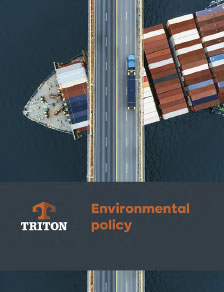At Triton, we’re committed to doing business responsibly—protecting the environment and empowering our people. Our priorities include offering products built for long-term use, adopting sustainable practices in our offices, and supporting employee-led initiatives that strengthen the communities where we live and work.


